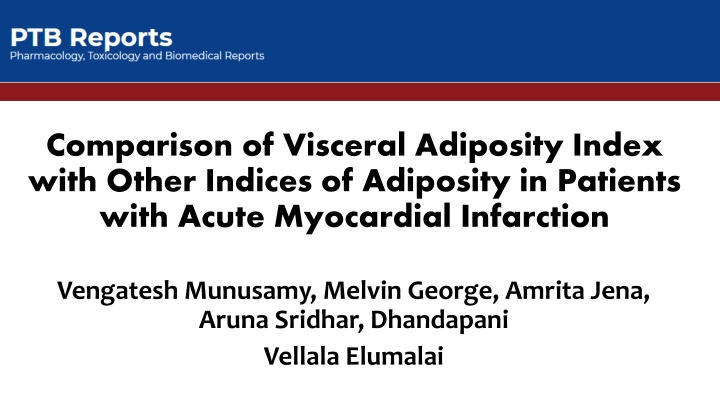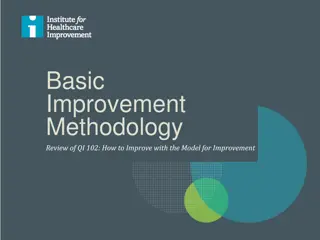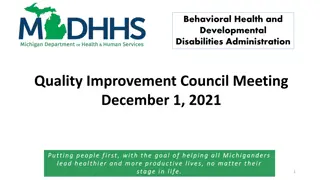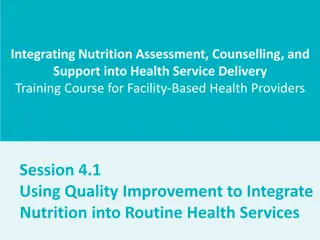
HTC Improvement Initiative Updates June 20, 2024
Agenda for the HTC Improvement Initiative updates meeting, discussing original goals, stakeholder themes, rule and process changes, and outcomes. Includes updates on reducing cycle times, increasing customer satisfaction, and primary recurring themes identified.
Download Presentation

Please find below an Image/Link to download the presentation.
The content on the website is provided AS IS for your information and personal use only. It may not be sold, licensed, or shared on other websites without obtaining consent from the author. If you encounter any issues during the download, it is possible that the publisher has removed the file from their server.
You are allowed to download the files provided on this website for personal or commercial use, subject to the condition that they are used lawfully. All files are the property of their respective owners.
The content on the website is provided AS IS for your information and personal use only. It may not be sold, licensed, or shared on other websites without obtaining consent from the author.
E N D
Presentation Transcript
Comparison of Visceral Adiposity Index with Other Indices of Adiposity in Patients with Acute Myocardial Infarction Vengatesh Munusamy, Melvin George, Amrita Jena, Aruna Sridhar, Dhandapani Vellala Elumalai
Background: Obesity continues to increase exponentially across the globe. BMI has been the traditional method used to define and quantify the severity of obesity. In recent years, visceral fat has emerged as an important measure of cardiovascular risk. Although MRI and CT scan can estimate the degree of visceral fat, these methods are not feasible in the routine clinical setting. Visceral Adiposity Index (VAI) is a recently derived index to measure visceral fat based on the knowledge of Waist Circumference (WC), plasma HDL, triglycerides and BMI. The study aimed to compare VAI with other adiposity indices in Acute MI and to also assess its ability to detect metabolic syndrome. Methods: In this cross-sectional study, 213 patients (Acute STEMI- 106, Controls-107) were included. The lipid profile and all other routine laboratory investigations were performed. Waist and hip circumference (HC) were measured. VAI and other adiposity indices were measured such as atherogenic index (AI), Conicity index (CI), Waist Hip Ratio (WHR) and Waist Height Ratio (WHtR) using appropriate formulae.
Results: Patients with metabolic syndrome had higher VAI index (p=0.0001), higher AI index (p=0.0001), higher CI (p=0.0001), higher BMI (p=0.0001), higher WC (p=0.0001) and higher HC (p=0.0001). An ROC curve plotted for each adiposity index to detect metabolic syndrome showed VAI to have the maximal AUC. A VAI of 2.69 was chosen as the cut-off value which had a sensitivity of 70.1% and specificity of 74.35 % ( AUC=0.81, CI-0.74 to 0.87; P=0.0001). Conclusion: VAI is an excellent and simple tool to detect Mets as compared to other adiposity indices. It remains to be seen if VAI could accurately reflect the degree of cardiovascular risk from prospective cohort studies.
KEYWORDS Acute Myocardial Infarction, Anthropometric indices, Atherogenic Index, Metabolic syndrome (Mets), Visceral Adiposity index, Waist circumference.
Figure 1a: Correlation of Visceral Adiposity Index and Atherogenic Index. 1b: Correlation of Visceral Adiposity Index and Waist Height Ratio
Figure 2: Receiver operating characteristics curve for different adiposity indices to predict metabolic syndrome
Visceral adipose tissue has gained tremendous significance in recent years as an endocrine organ. Our study showed that patients with Myocardial infarction had a lower visceral adiposity than controls which could reflect the obesity paradox. The role of VAI in predicting cardiovascular risk needs to be ascertained from prospective cohort studies carried out in larger populations in the community.






















